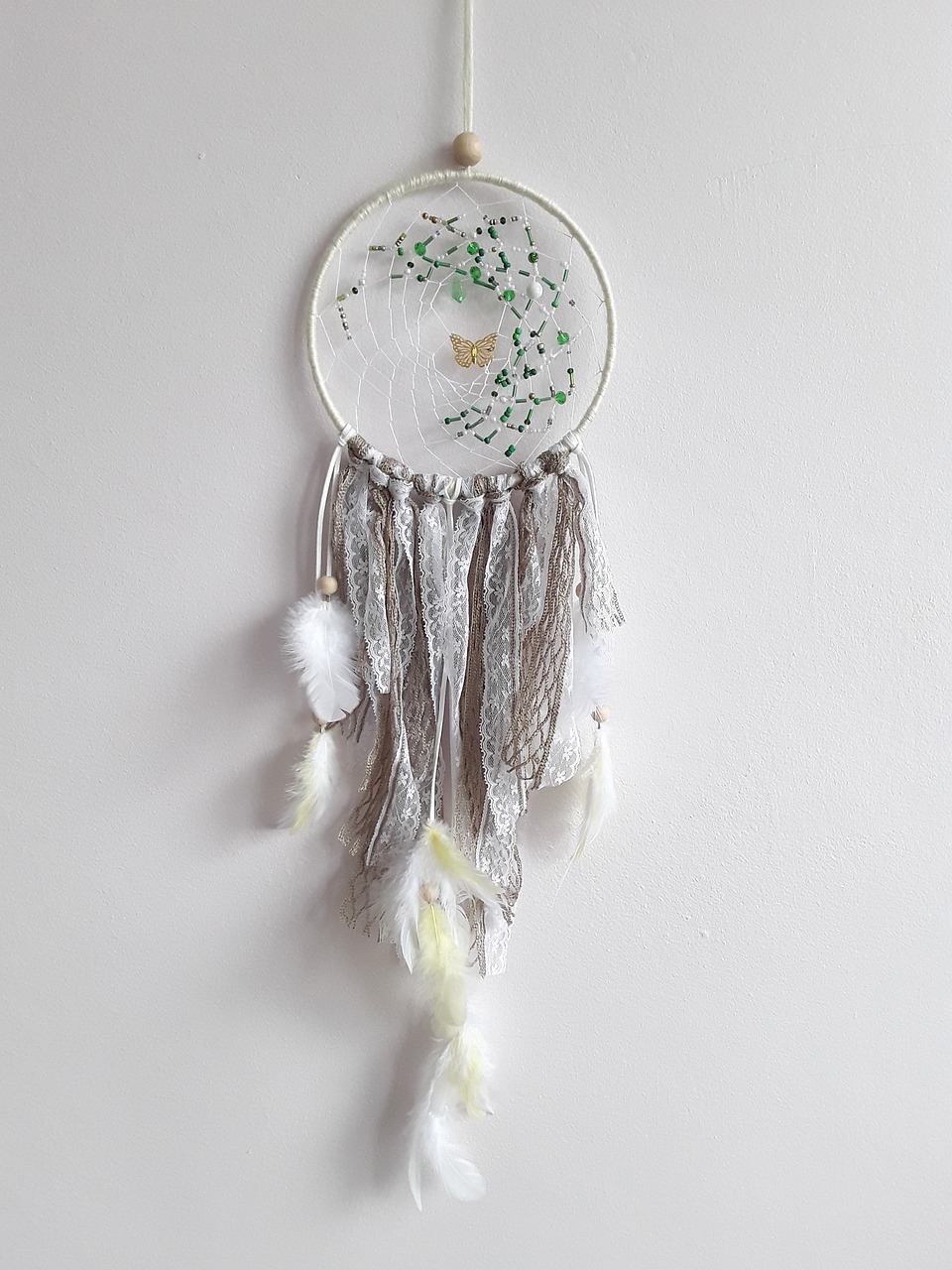Provenance
Until 1907
The item was owned by an unknown party in Egypt prior to 1907.
From 1907 to 1919
In 1907, it was acquired by Charles Lang Freer (1854-1919) during his travels in Egypt from the same unidentified owner.
From 1920 Onwards
The object became part of the Freer Gallery of Art collection, donated by Charles Lang Freer in 1920. The original deed regarding this gift was signed in 1906, but the collection was officially received with the gallery’s establishment in 1920.
Previous Owner(s) and Custodian(s)
Charles Lang Freer (1854-1919)
Description
This amulet presents a depiction of the head and torso of a Bes figure, characterized by a vivid blue glaze. Bes is illustrated as a humanoid with dwarf-like stature and leonine features, adorned with a plumed headdress. The arms are positioned with the right hand cradling the chest while the left hand clasps a smaller figure close. This smaller entity is either a diminutive Bes figure or a baboon. The figure is missing from below the waist and has undergone modern modifications, which include a gold pin affixed to its back.
Label
In ancient Egyptian culture, small amulets made from materials such as faience, stone, ceramic, metal, or glass were commonly owned. Typically sculpted in the likeness of deities or sacred animals, these amulets were thought to provide their wearers with magical protection against various ailments and malevolent forces, such as disease, infertility, and complications during childbirth. Loops were often incorporated, allowing them to be worn as necklaces. Some amulets were crafted for placement on the remains of the deceased to safeguard their souls in the afterlife. The deities and creatures depicted in the current collection include those that were particularly favored in amulet design. The goddess Taweret, known for her hippopotamus head, and Bes, recognized for his tall plumed appearance, were believed to guard women during childbirth. Cats served as representations of Bastet, the fertility goddess, while the group also features other notable deities such as Sakhmet, the lioness goddess; Khnum, the ram-headed god of creation; and Thoth, the god of wisdom, depicted as an ape or vervet monkey. Amulets designed for safeguarding souls in the afterlife often illustrate Anubis, the jackal-headed underworld deity, as well as Duamutef, the jackal-headed son of Horus, associated with the protection of vital organs.
Published References
- Andrews, Carol. Amulets of Ancient Egypt. Austin, pp. 39-40.
Collection Area(s)
Ancient Egyptian Art
Web Resources
– Google Cultural Institute



